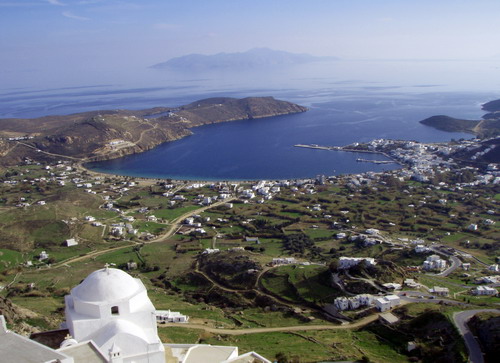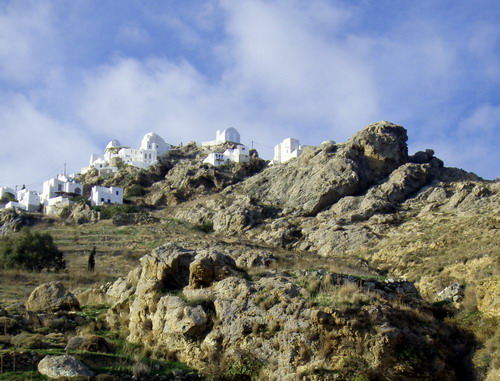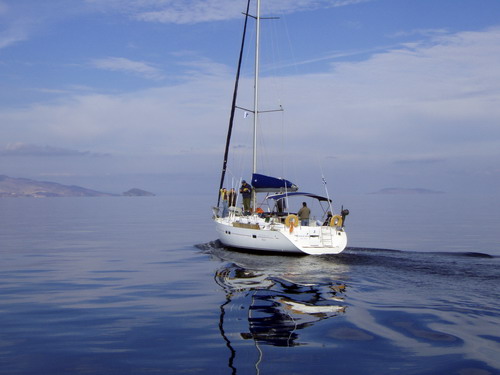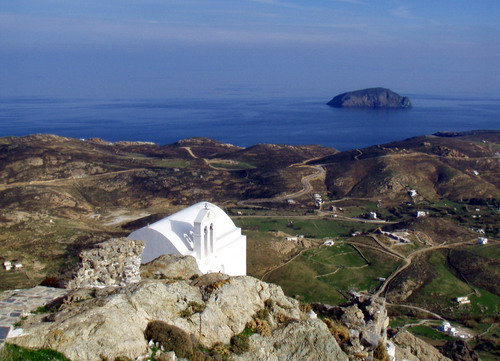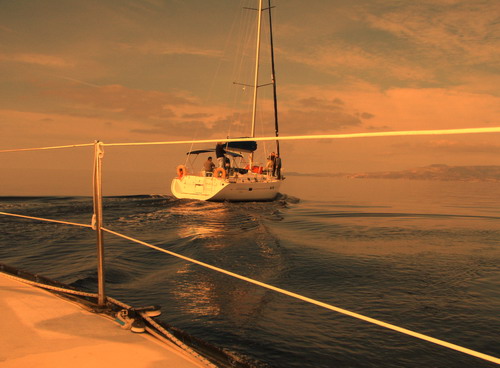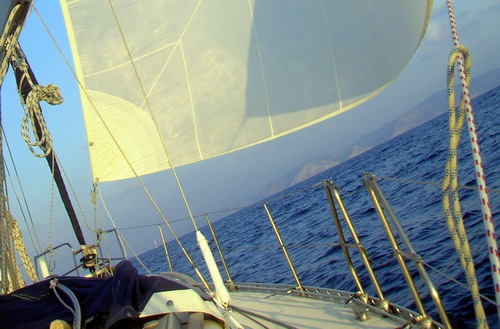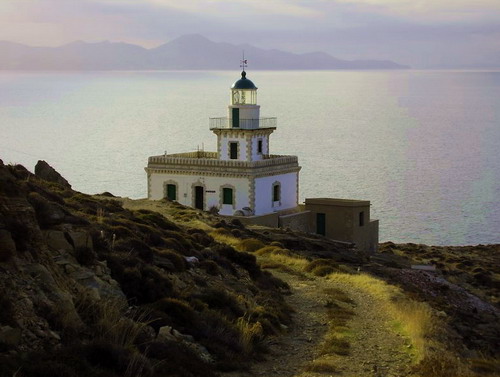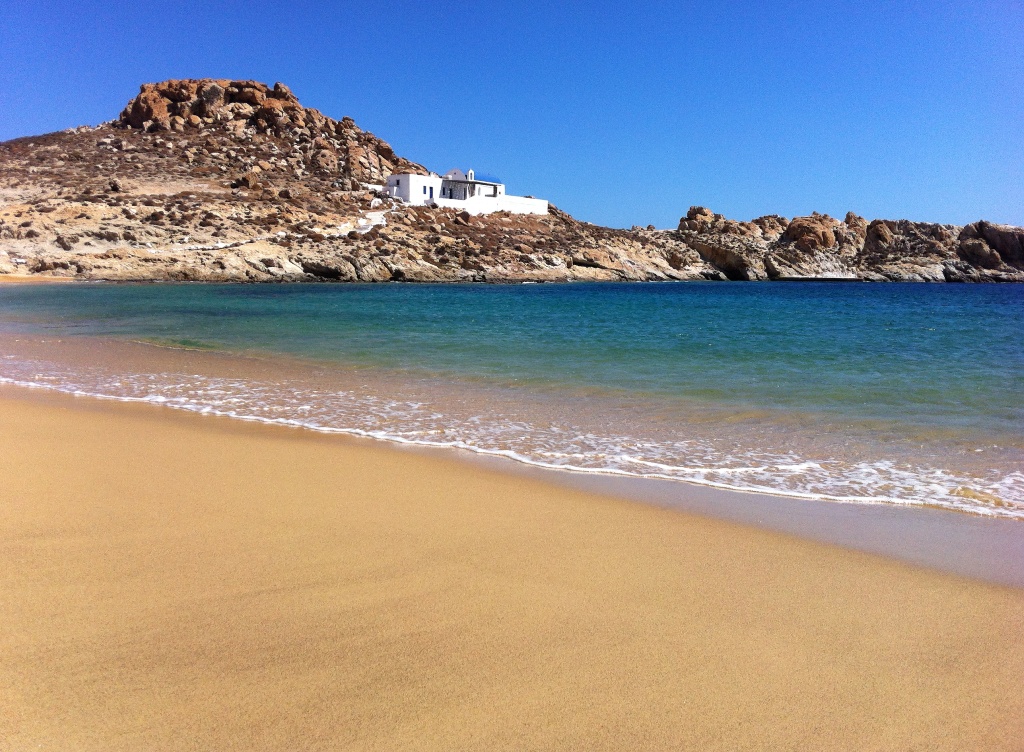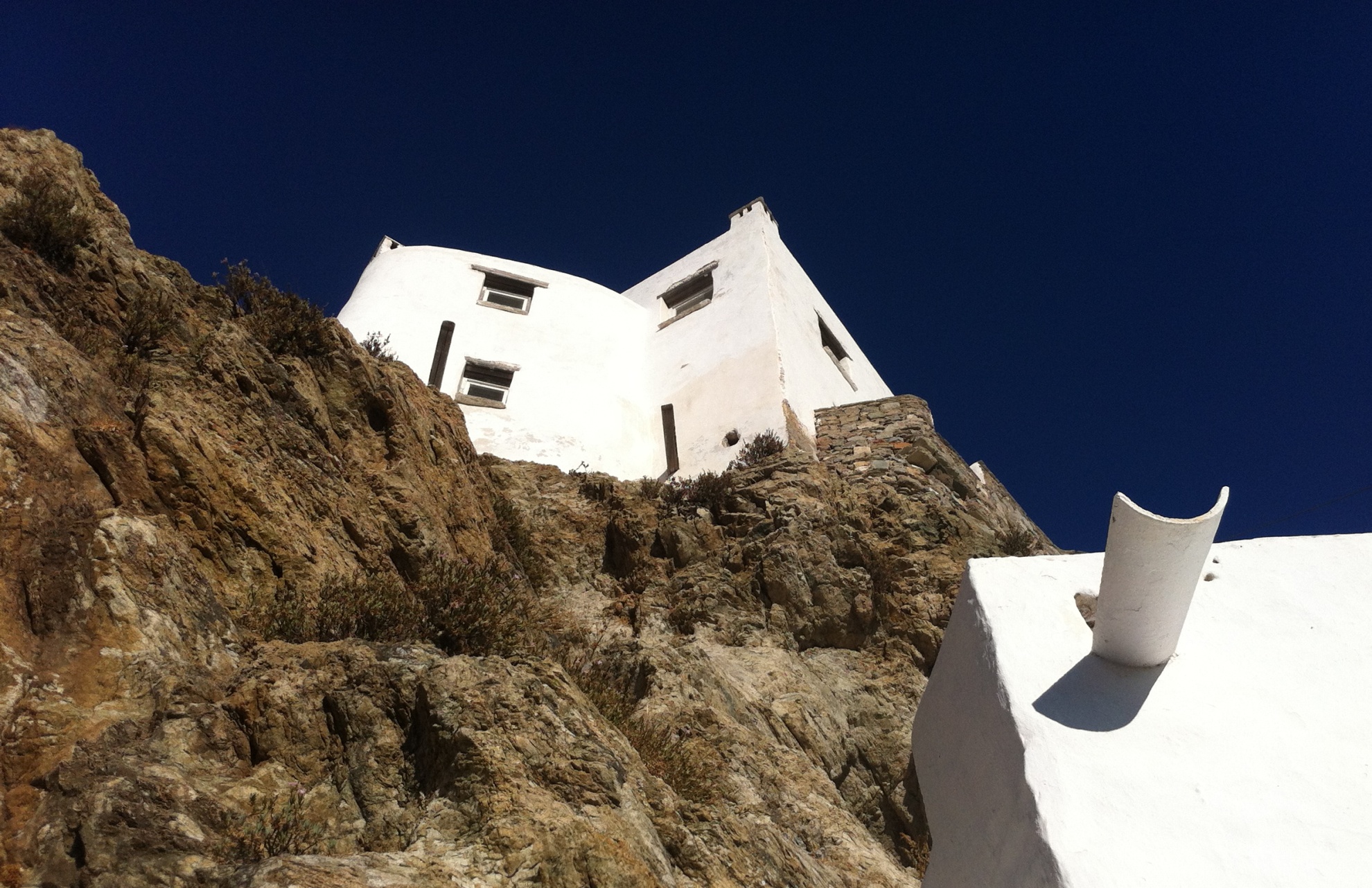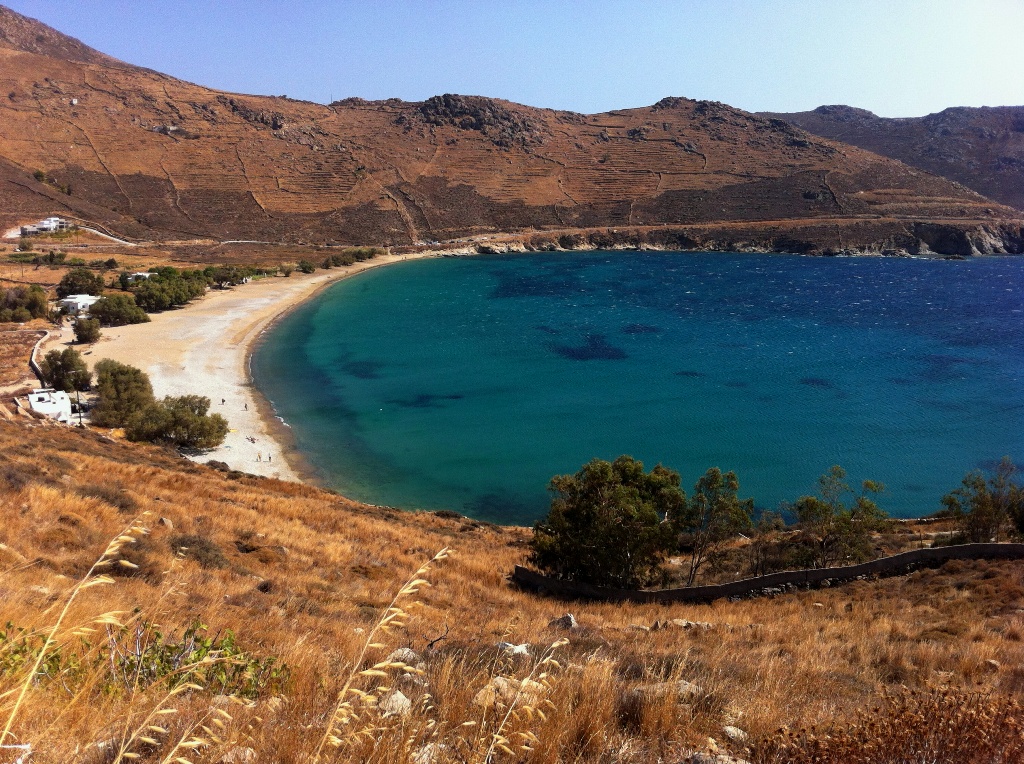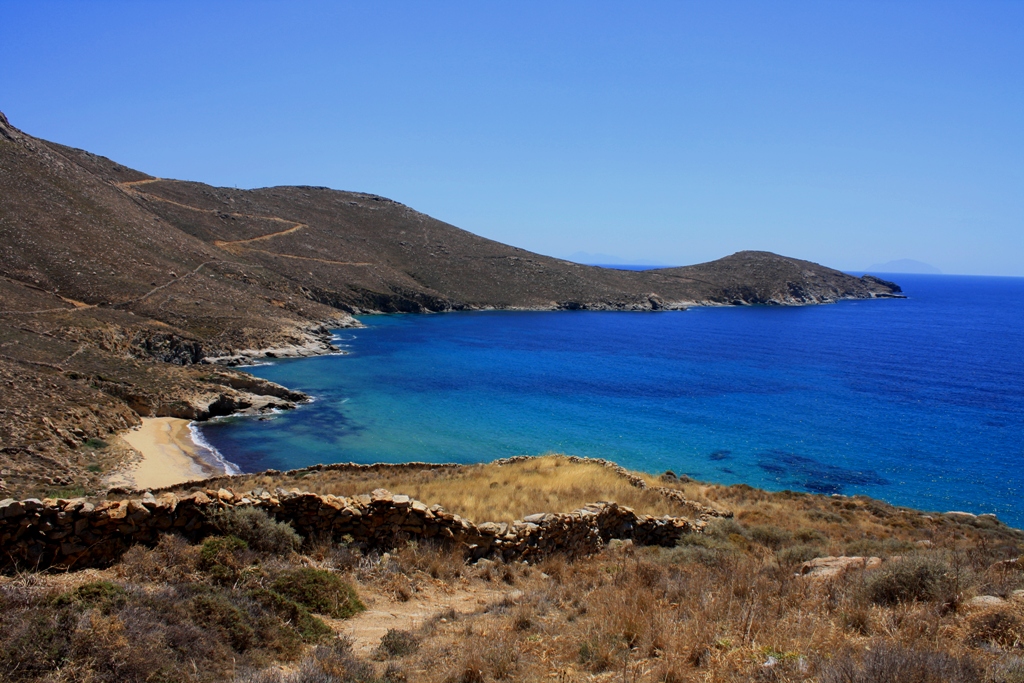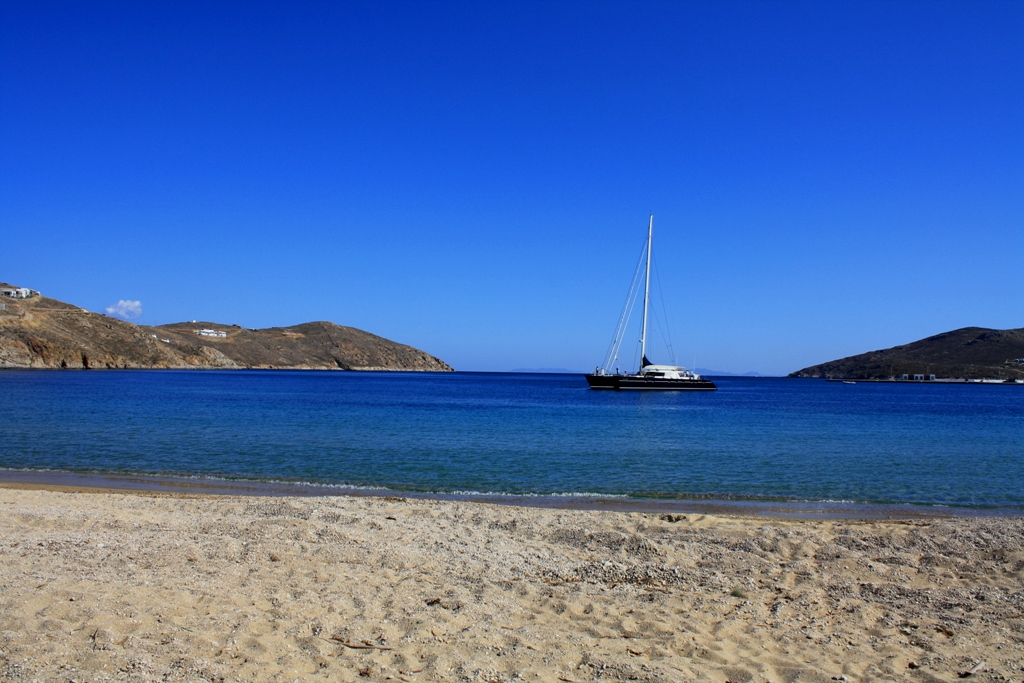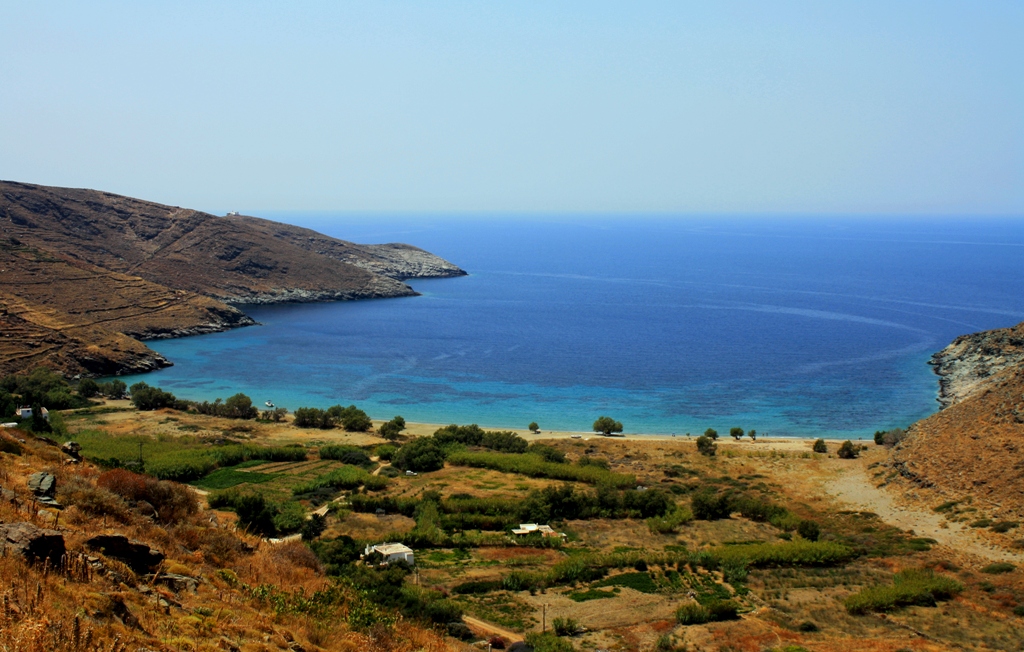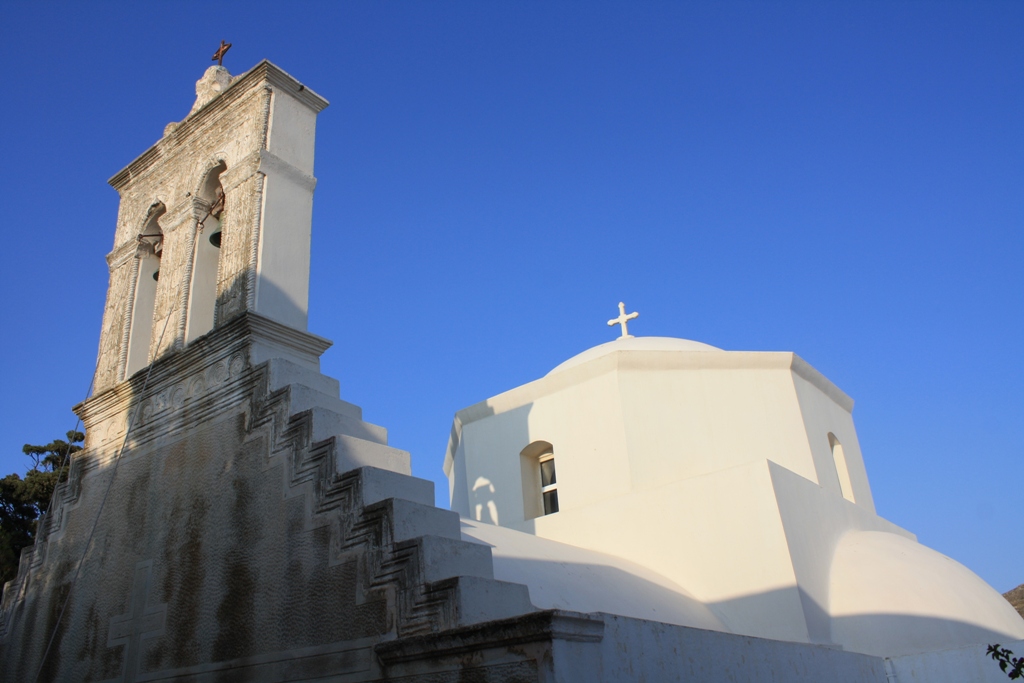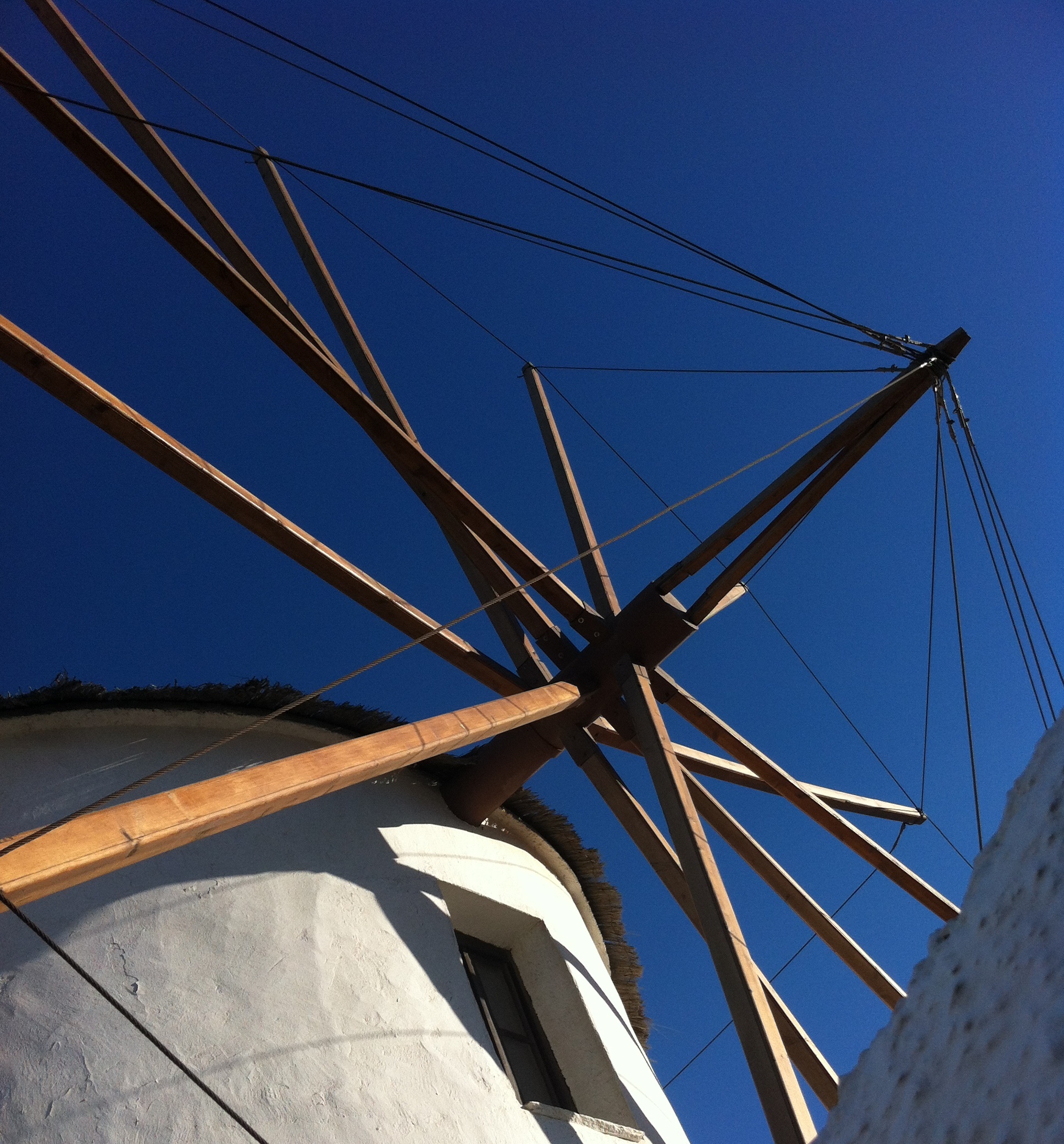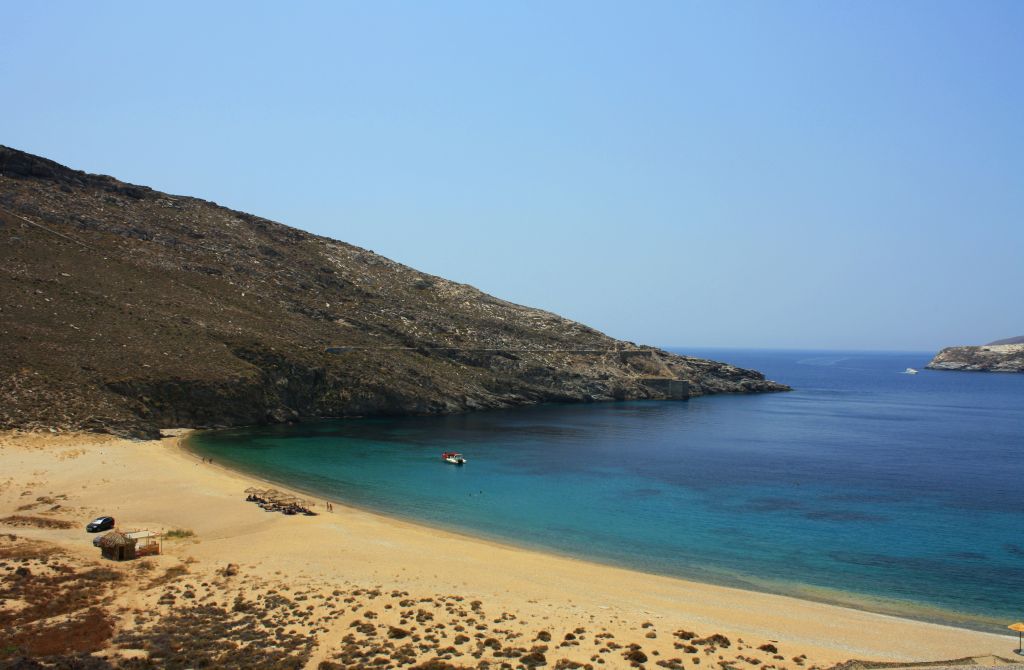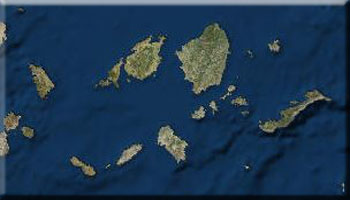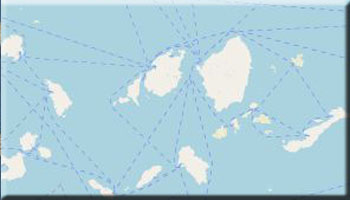An island of contrasts, Serifos has extensive ore deposits which have created a magnetic field on the island. An ideal destination for visitors seeking a relaxing holiday, the island covers an area of roughly 75 square kilometers (about the same size as Syros) and a total of 10 kilometers of beaches.
The capital Hora is dotted with windmills linked by stone-paved passages that weave through the settlement. Serifos is like an observation point over the Aegean from all its settlements, with magnificent views to Kithnos to the north, Syros to the northeast, Paros to the east, Sifnos to the southeast, and Milos to the south.
Getting there: Daily ferry connects from Piraeus, roughly 4 hours and 15 minutes or high-speed service, about 2 hours and 15 minutes. Sailings are in the morning (except Fridays, when there is a 4 pm sailing) so visitors can enjoy a full day on the island. The island has a heliport for emergency airlifts, day and night, to the mainland.
Greek mythology contains several references to Serifos and its metal deposits. The island was colonized by the Boeotians and ruled by kings Diktys and Polydeuces. From the 6th century B.C., the island minted its own coins.
It's also known as the place where Perseus, son of Zeus and Danae, was raised (Perseus later slayed the Medusa to rid his mother of the amorous overtures of Polydeuces). On his journey home to Ithaca, Odysseus landed at Serifos where he encountered the Cyclops Polyphemus; the site is marked by a rock at the entrance to Koutalas bay where ruins of Cyclopean walls are visible.
The island was also settled by the Minoans, who exploited the mines at Moutoula and Galanis. Serifos did not take part in the Greek expedition against Troy, although the island did indirectly participate in the campaigns of Alexander the Great, a fact evidenced by the use of Serifos metals to forge their swords. In the 7th century B.C., the island was settled by the Ionians.
There's little evidence of the island's activities in Hellenistic times. Hora's fortifications, including the thick gates or loggias with battlements along its perimeter, attests to the island's need to fortify itself against attacks by the Turks.
In the latter half of the 19th century, Serifos returns to prominence with the exploitation of its metal deposits by foreign entrepreneurs.
The Governor's Mansion at Mega Livadi is one of the finest examples of neoclassical architecture in the Aegean today. There, in August 1916, the first labor law instituted an eight-hour work day was signed following clashes between miners and police. Around the same time, the miners form a union under Konstantinos Speras.
After the second world war, the mines faced stiff competition from European competitors and mining is no longer lucrative. Production is gradually reduced, leading to the mines' closure in 1963. Thousands of miners abandon the island, which turns its economy towards tourism.
Founded in 1976, the Serifos Folklore Museum is run by the Serifos Association and housed in a building of noteworthy architecture in Kato Hora. Its collection features documents and artifacts - tapestries, ceramics, household furnishings, porcelain - and traditional costumes. The museum also has space for hosting events, including a 300-seat open theater where a range of cultural events organized by the Serifos Association are held in summer. The theater was built in 1996 to mark the association's centenary.
Sunsets at Kastro are ample reward for the trek up.
The island's Archaeological Museum has a small but interesting collection.
Kastromonastiro Taxiarhon, a fortified monastery founded in 1572 noted for its high perimeter walls and battlements and low loggia entrance, is located on the island's northeast.
The Triple-Conch Domed Church has a pretty iconostasis and a number of wall paintings; the floor is laid with a marble plaque decorated with a two-headed eagle and dated to 1659.
Also known as the Cyclops's throne, the White Tower (Aspros Pyrgos), and Tis Grias to Kastro, the Koutalas or Stavrakopoulos cave boasts wonderful stalactites and stalagmites and crystallized ceramics. It's noted for the rack and rail system built on the stone tracks to carry ores from the Skales mines.
The elegant Neoclassical Governors' Mansion at Mega Livadi formerly housed the residence, offices, and other facilities of the Grohmann family, European businessmen who held the exploitation rights to the mines through the interwar period.
The Iroo, a marble monument to the 1916 miners' uprising.
The Thermal Baths and private display of soil samples at the old school.
The underground passage to Koutalas, part of the Grohmanns' heritage to the island; exploring the passage is not recommended without the aid of an experienced local guide.
Skala, the mine's loading area.
Psili Ammos |
| Proximity to settlement: remote |
| Access: by road |
| Additional distance on foot: less than 5 minutes |
| Beach: fine yellow-colored sand |
| Ayios Sostis |
| Proximity to settlement: remote |
| Access: by road, including about 500 m good dirt surface |
| Additional distance on foot: less than 10 minutes |
| Beach: fine sand |
| Sykamia |
| Proximity to settlement: near settlement |
| Access: by road, including about 500 m good dirt surface |
| Additional distance on foot: less than 5 minutes |
| Beach: fine sand and small pebbles |
| Platis Yialos |
| Proximity to settlement: at edge of settlement |
| Access: by road |
| Additional distance on foot: none parking available by the beach |
| Lia |
| Proximity to settlement: remote |
| Access: by road, including about 500 m good dirt surface |
| Additional distance on foot: less than 20 minutes |
| Beach: small pebbles |
| Avlomonas |
| Proximity to settlement: contained within settlement |
| Access: by road |
| Additional distance on foot: none, beachside parking |
| Beach: fine golden sand |
| Karavi |
| Proximity to settlement: at edge of small settlement |
| Access: by road |
| Additional distance on foot: none |
| Beach: fine yellow sand, shingle |
| Livadakia |
| Proximity to settlement: in settlement |
| Access: by road |
| Additional distance on foot: none |
| Beach: fine golden sand |
| Vayia |
| Proximity to settlement: remote |
| Access: by main and secondary road |
| Additional distance on foot: less than 5 minutes |
| Beach: small pebbles |
| Kalo Ampeli |
| Proximity to settlement: remote |
| Access: by road |
| Additional distance on foot: more than 20 minutes |
| Beach: fine golden sand |
| Koutalas |
| Proximity to settlement: part of settlement |
| Access: by road |
| Additional distance on foot: none, beachside parking |
| Beach: fine sand and small pebbles |
| Mega Livadi |
| Proximity to settlement: in settlement |
| Access: by road |
| Additional distance on foot: none, beachside parking |
| Beach: fine sand |
| Ayios Ioannis |
| Proximity to settlement: at edge of small settlement |
| Access: by main and secondary road |
| Additional distance on foot: less than 10 minutes |
| Beach: fine sand small pebbles |
| Kentarhos (Kalitsos) |
| Proximity to settlement: at edge of small settlement |
| Access: by main and secondary road |
| Additional distance on foot: stepped path, over 20 minutes |
| Beach: fine sand and small pebbles |
The paniyiri, a folk festival held alongside the observance of special religious feast days and once the highlight of the island's social life, still draws locals and residents. Tradition holds for the "sponsor" to greet and treat visitors, who enjoy the feast of local specialties - boiled goat, fava, salad, fried potatoes, and wine - and dancing to traditional island music.
The main summer festivals are on:
- Orthodox Whit Monday at Ayia Triada at Mavra Voladia and Liomandra at Sklavoyianni.
- July 1 at Ayii Anaryiri and Kalavatsana.
- July 20 at Profitis Ilias at Vounia and Xero Horio.
- July 26 at Ayia Paraskevi at Kato Hora and Koundoura Galanis.
- August 6 at Sotiras at Pyrgos.
- August 15 at Panayia at Ramou and Skopous.
- August 16 at Panayia at Pyrgos.
- August 24 at Panayia Miliani.
- August 29 at Ayios Ioannis Prodromos at Sklavoyianni.
- September 2 at Ayios Mamas at Vounia.
- September 7 at Ayios Sostis at Ayios Sostis beach.
- September 8 at Panayia on the mountain at Palio Avessalo.
- September 14 at Pano Stavros at Palia Mitata.
- September 23 at Ayia Thekla at Sklavoyianni.
- October 29 at Ayia Anastasia at Pano Dimotamata.
- November 8 at Taxiarhon at Monastiri.
| MUNICIPALITY OF SERIFOS | 2281051210 |
| CITIZENS SERVICE BUREAU (KEP) | 2281052545 |
| MEDICAL CENTRE | 2281051202 |
| PORT STATION | 2281051470 |
| POLICE STATION | 2281051300 |
| TAXI STATION | 6944473044 |
| BUS STATION | 6973747758 |









